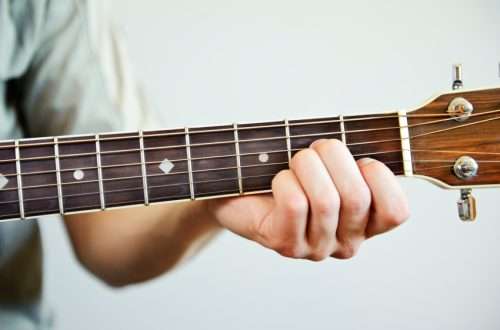
Guitar training. 10 practical examples for guitar practice and finger development.
Contents

Introductory information
This is the second part of a series of articles about “Guitar Practice”. In the first part, we talked about not very difficult tasks for beginners, which were designed to develop skill, coordination and understanding of how to control the bar. The examples given below are much more specific, and are largely aimed at practicing various guitar playing techniques. However, all of them will be useful both in private and general moments.
Development Workouts playing techniques must be performed in strict accordance with the text of the task, as well as under the beat of the metronome. This is important for the development of not only physical technique, but also smooth playing and a sense of rhythm. Start as usual with a slow pace and gradually increase it. Do not forget to perform the exercises in a complex way – that is, in a row, especially if they are similar in technical performance.
Guitar workouts
Pull-Off и Hammer-On
Let’s start with one of the basic technical concepts and ways of playing that literally every guitarist should master. The legato technique will allow you to significantly diversify your playing, as well as allow you to greatly speed up the performance of guitar solo parts. This is especially true for fans of the electric guitar, since many parts on it are performed precisely with the help of legato. Without mastering it, you will not be able to play the sweep, as well as perform various turntables and beautiful solo passages.
First trick

Second trick
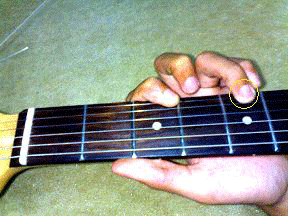
Now combine both of these drawings – and you get the same legato technique that we are talking about.
Tabs exercises
Now about the exercise. It is similar to the standard guitar finger warm-up from the first part of our cycle. Play the sixth string at the first fret. Hit her. Now, with the help of the Hammer-On technique, make the third and then the fourth frets alternately sound – and thus go down the strings. It looks like this:

When you reach the first string, place your index finger on the second fret, the fourth fret with your ring finger, and the fifth fret with your little finger. Now with the Pull-Off technique, make them sound in turn, and so move up all the strings.
Try to do this exercise in a complex, and several times in a row.
We play arpeggios
Arpeggio – this is one way to play chords on various instruments, when all the sounds of the triad follow each other in ascending or descending sequence. The method is most often used in various types of picking, and this guitar training is primarily aimed at developing this particular way of playing. It consists in simply playing the open strings on the guitar one at a time at an even tempo. It looks like this:

If you want to complicate your task, try clamping individual additional strings and chords in parallel with the game:

“Snake Movement” for guitar finger development
Another scheme aimed at the development of fingers on the guitar. It can also help you learn different beautiful busts, and it doesn’t matter how you play it – with your fingers or with a plectrum. The task is to evenly sequentially strum two adjacent strings, while clamping adjacent frets. It is simple and looks like this:

The movement back goes in a mirror order, as you can already understand:

Exercise “Spider” on the guitar #1
A small modification of the “Snake Movement”. The main difference is that if in the first case we moved within two strings, then spider exercise makes a passage through all the strings in turn, with a descent down. The task is that you also go through two adjacent frets – in this case 1 – 2 – 3 – 4, clamping them on different strings, starting from the first fret on the sixth and the second on the fifth. In this case, after the pattern is played, you go down one string. It looks like this:

As soon as you get to the first one, you start moving back and play the notes in a mirror order, like this:

Spider Exercise #2
This guitar practice is also called the “Spider Dance”. This is an even more complicated version of the previous two tasks. It consists in playing two notes successively on each string, going through one, and gradually descending down the strings. That is, on the sixth, hold down the first fret and play it, then the third, and also hit with a pick. Next, on the fifth, hold down the second – play, then – the fourth, and play, and so on. It looks like this:

When moving back, you start playing at the fifth fret, in mirror order along the frets.
Practical training The Snake Move, Spider Move, and Spider Dance are designed to develop coordination and are a great way to warm up your arms before a game. If you need to perform soon, then just do a set of these exercises a couple of times – your fingers will immediately warm up, and it will become easier for you to play.
Playing the chords
This task is more of a practice of improvisation, as well as the ability to pinch chords and barre. The exercise is as follows – you choose a few favorite chords for yourself, and start playing them. Try to do it smoothly, you can bust, you can fight – it doesn’t matter. As you play the sequence, modulate it – change the notes in the chord, loosen some strings and watch the sound change. Transpose them and actively use the barre – especially good if after another finger and guitar exercises warmed up, then it becomes much easier to train.
Chord examples:
- Em — C — G — D
- Am — F — G — E
- Am — G — F — E
- Am — Dm — E — Am
Guitar practice in “Two Octaves”
In order to correctly execute this scheme, you must first understand how to play as a mediator.The task was created specifically for practicing this playing technique, but in addition, it gives you the basics for polyrhythms and finger desynchronization – for more interesting playing. The exercise is that you simultaneously play the same repeating bass note and melodic texture within two octaves of the same key – that’s where the name of the task came from! It looks like this:
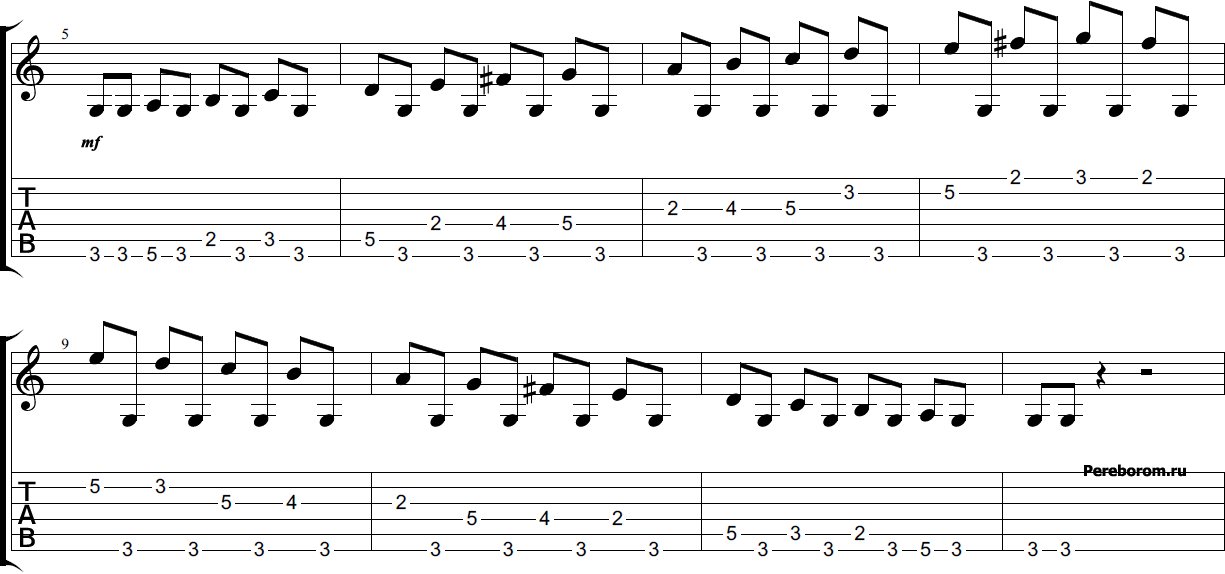
Looks quite difficult, but after some time of practice, the exercise becomes very simple and interesting.
Guitar finger warm-up
These examples of warm-ups won’t involve the guitar in any way, rather they are just meant to stretch your fingers just before playing:

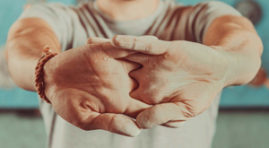
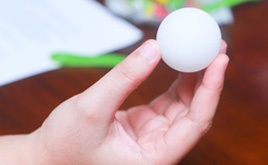
Guitar hand-finger coordination
This complex will also not involve the guitar.






Finger training without guitar
Tips for beginners
Try to practice every day, and for one training run, at least once, run through all the guitar exercises. Do them in a complex, and preferably at the same pace. Start with a small number of beats per minute and gradually build them up. Don’t try to play fast right away – rather concentrate on the purity of your playing and sound production.



